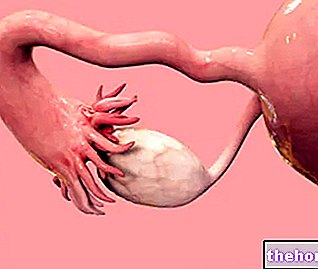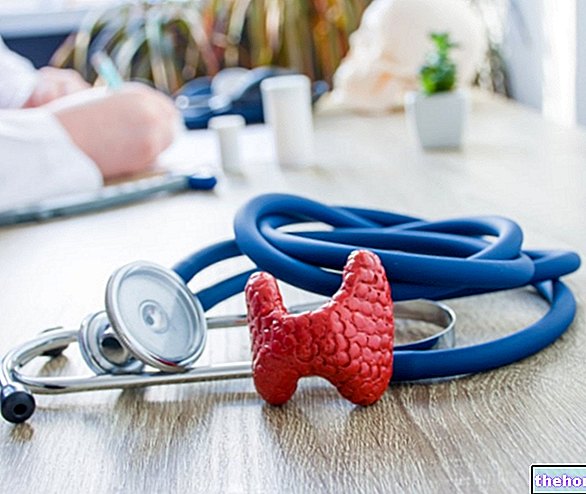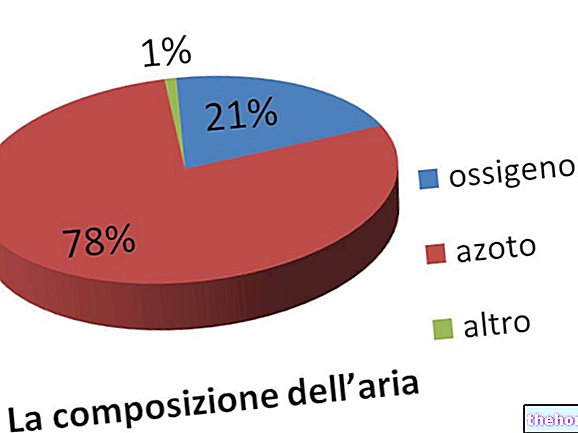Generality
The clavicle is the long bone, located in the antero-posterior part of the thorax, which connects the manubrium of the sternum with the acromion of the scapula.

Anatomists recognize three main regions: the body, the sternal extremity and the acromial extremity.
The body is the central portion of the collarbone; here the insertions of various fundamental muscles and ligaments of the human body take place.
The sternal end is the portion that articulates the collarbone to the breastbone.
Finally, the acromial end is the portion that articulates the clavicle to the scopola.
The clavicle offers support to the arm and shoulder blade, allows a wide range of movements with the upper limb, protects nerves and blood vessels directed to the upper limb and, finally, transmits the impacts received from the arm to the axial skeleton.
What is the collarbone?
The clavicle is that long S-shaped bone, located in the antero-posterior part of the chest, which connects the breastbone to the shoulder blade.
Anatomy
The clavicle is a paired bone which, when viewed from the front, is convex medially and concave laterally.
Anatomy experts divide it into three main regions: the body (or diaphysis), the sternal end (or medial epiphysis) and the acromial end (or lateral epiphysis).

BODY OR DIAPHISIS
The body is the central portion of the collarbone.
On its upper surface, the sternocleidomastoid muscle is inserted, medially (i.e. towards the sternum), and the deltoid and trapezius muscles, laterally (therefore towards the scapula).
If the deltoid and trapezius muscles are somewhat known, the sternocleidomastoid muscle is generally unknown to most people: it is the muscular element that allows the head to be flexed and tilted laterally, making it rotate on the opposite side.
On the lower face of the clavicular body, in an intermediate position, there is the insertion of the subclavian muscle. Small and triangular in shape, the subclavian muscle allows the shoulder to be lowered and offers protection to the brachial plexus and subclavian blood vessels.
On the anterior edge of the clavicular body (i.e. on the front), the pectoralis major muscle engages medially, and (again) the deltoid muscle, laterally.
Finally, the sternocleidomastoid muscle, medially, and the trapezius muscle, laterally, are inserted on the posterior margin (i.e. from behind) (N.B: like the deltoid, these muscles engage with the clavicle in several positions).
EXTREMITY € STERNAL OR MEDIAL EPIPHYSIS
The sternal end has a "wide facet, which, by inserting itself into a" special depression of the sternum, hooks the clavicle to the latter.
The combination "sternal end of the clavicle - sternum" forms the sternoclavicular joint.
On the inferior surface of the "sternal extremity, c" is an oval and rough concavity, which inserts the costoclavicular ligament. The costoclavicular ligament is one of the ligaments that make up the sternoclavicular joint.
Clearly, the name "sternal extremity" derives precisely from the relationship between the medial part of the clavicle and the sternum.
The sternum region involved in the sternoclavicular joint is the so-called manubrium.
The manubrium of the sternum is the top of the sternum; it has a trapezoidal shape and houses the first two pairs of costal cartilages (to which the first two pairs of ribs are joined).
Regions known as the sternal body and xiphoid process complete the sternum.
EXTREMITY € ACROMIAL OR LATERAL EPIPHYSIS
The acromial end has a small facet which, with another similar region located on the acromion of the scapula, forms the so-called acromioclavicular joint.
The "acromion" is that important bony process, which continues the spine of the scapula and forms a sort of anterior projection hook.
On the lower edge of the acromial end, the insertions of two fundamental ligaments take place: the conoid and the trapezoid. The conoid ligament and the trapezoid ligament connect the clavicle with the coracoid process of the scapula and, together, form the group of ligaments Coracoclavicular The coracoclavicular ligaments are very strong and resistant elements, which, while not binding directly to the acromion, provide stability to the acromioclavicular joint.






.jpg)









.jpg)











